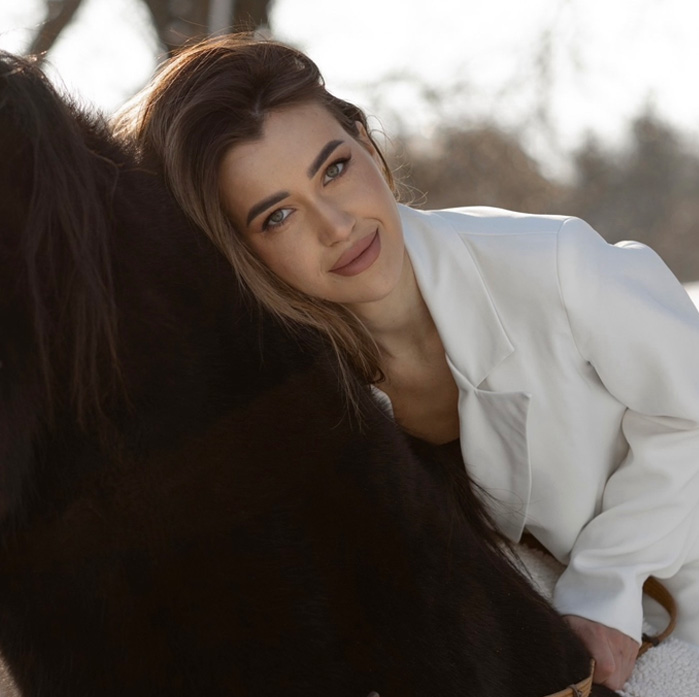
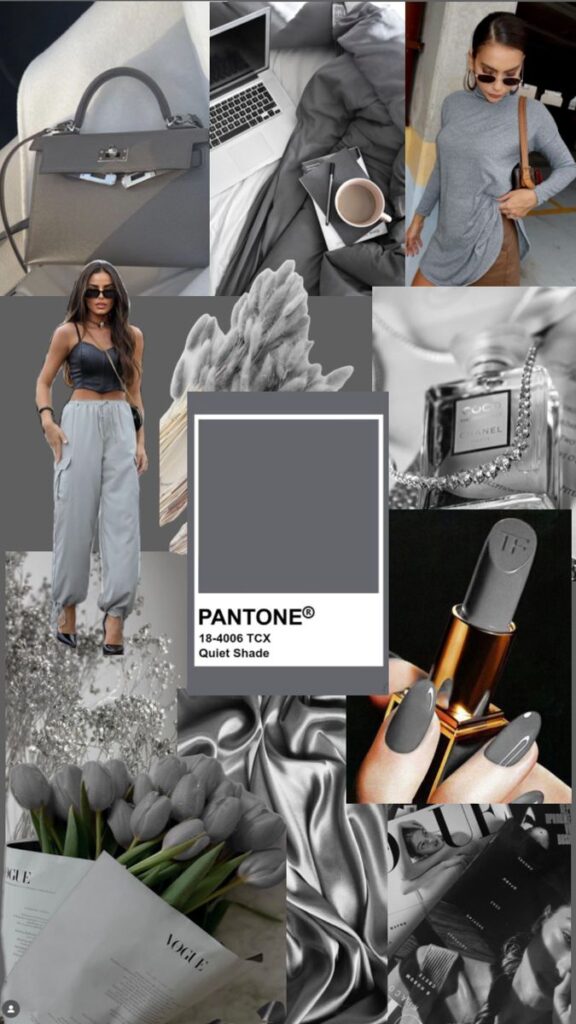
Gray Pantone style outfits focus on using different shades of gray to create versatile and stylish looks. Gray is a neutral color that works well for many occasions and can be mixed easily with other colors. This makes it a practical choice for anyone wanting a timeless wardrobe.
People can build their gray wardrobe with key pieces like coats, pants, and sweaters. These items help create simple but polished outfits suitable for both casual and formal settings. Understanding how to combine grays with textures and accessories improves the look.
Gray outfits can change with the seasons by adjusting fabrics and layering. Adding pops of color or metallic accessories can make the outfit feel fresh and modern. This approach keeps gray interesting all year round.
Key Takeways
- Gray outfits offer flexibility for many occasions.
- Combining different grays and textures enhances style.
- Accessories and layers update gray looks by season.
Understanding Gray Pantone Style Outfits
Gray Pantone style outfits rely on specific shades of gray that are carefully chosen for their exact tones. These outfits combine subtlety and versatility by using precise gray colors. The way these grays are selected and why they stand out affects how the outfit looks and feels.
What Defines a Pantone Gray


Pantone gray refers to gray shades that are part of the Pantone Matching System (PMS), which standardizes colors for design and fashion. Each Pantone gray has a specific code that represents its exact hue, brightness, and saturation.
These grays are not just any gray; they have clear color formulas. This makes it easy to match fabrics and accessories with the exact same gray tone without guessing. Examples include Pantone Cool Gray 9 C and Pantone 431 C.
Designers use Pantone grays because they know the color will stay consistent across different materials and lighting. This leads to clean, sharp, and professional looks in gray outfits.
Why Gray Pantone Shades Stand Out


Gray Pantone shades stand out because they offer a balanced and neutral base that fits many styles. These shades range from light, soft grays to deep, dark tones. This variety allows for diverse outfit combinations.
Pantone grays also have subtle undertones, like blue or brown, giving the gray extra depth. This makes the outfit appear more dynamic and less flat. These subtle differences matter when pairing grays with other colors.
The consistency and precise coloring in Pantone grays make them popular in fashion. They work well for casual and formal wear, blending easily with other colors and patterns. This flexibility makes gray Pantone outfits practical and stylish.
Essentials of Building a Gray Pantone Wardrobe
Gray Pantone outfits rely on careful choices of clothing pieces, shades, and fabrics. Picking the right gray tones and materials can make a wardrobe look polished and cohesive. Each detail matters when combining style and comfort in gray hues.
Key Clothing Pieces in Pantone Grays


A gray wardrobe starts with versatile basics like a gray blazer, tailored pants, and crewneck sweaters. These pieces serve as a foundation for both casual and formal looks.
Shirts in lighter grays work well for layering. Darker gray outerwear adds depth and balance. Accessories, such as belts or scarves, in gray tones can complete an outfit without overpowering it.
Keeping cuts simple and classic lets the Pantone grays stand out. Items like gray wool coats and knitwear provide texture while maintaining style.
Selecting Pantone Shades for Different Skin Tones

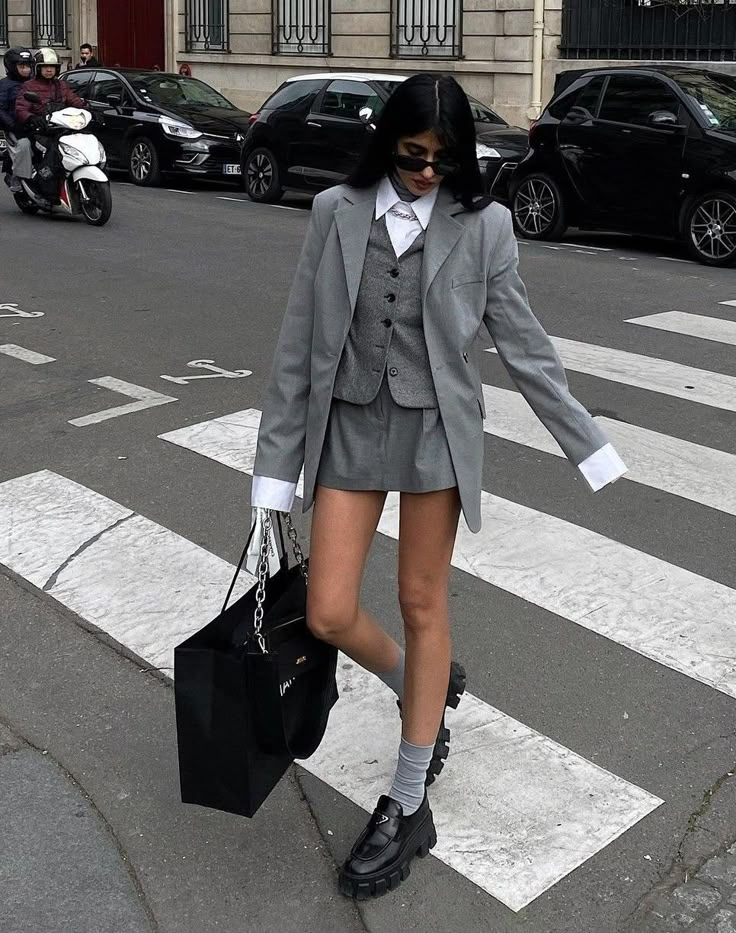
Choosing the right gray shade depends on skin tone. Those with warm skin tones should aim for warm grays with beige or brown undertones. Cool skin tones pair better with cool grays that have blue or silver hints.
Medium and olive skin tones usually suit neutral grays best. It’s important to test the shades in natural light since lighting can shift how gray appears on skin.
Trying grays close to the face helps avoid washes-out or dull looks. Combining shades can also add variety without losing cohesion.
Fabric Choices That Enhance Gray Tones


Fabric affects how gray shows up in clothes. Matte fabrics like cotton and wool absorb light and create softer grays. Shiny materials such as silk and satin reflect light, making gray look brighter.
Textured fabrics like tweed or ribbed knits can add interest to solid gray pieces. In contrast, smooth fabrics keep lines clean and sharp.
Choosing breathable fabrics ensures comfort when wearing gray layers. The right fabric also complements the shade of gray being worn, enhancing the overall look.
Styling Gray Pantone Outfits for Every Season
Gray Pantone outfits work well year-round when styled for the weather and activities. Adding layers, choosing the right fabrics, and mixing textures help make gray outfits fit each season’s needs.
Spring Layering Strategies
In spring, layering is key because temperatures can change quickly. A light gray sweater over a white shirt offers warmth without bulk. Pairing this with slim-fit gray trousers balances comfort and style.
Layering tips:
Use thin fabrics like cotton or linen blends.
Add a light jacket or trench coat in similar muted tones.
Accessorize with pastel scarves or hats for a color pop.
Footwear such as loafers or ankle boots keep the look versatile. Gray shades go well with soft colors like baby blue, blush, or mint green in spring.


Summer Lightweight Ensembles
Summer calls for light fabrics and breathable designs to stay cool. Gray linen pants or shorts are ideal. Pairing them with white or pale gray cotton tees keeps the outfit fresh.
Summer styling points:
Opt for sleeveless tops or short sleeves in breathable material.
Choose light gray shades to reflect heat better.
Add sunglasses or straw hats for sun protection.
Footwear should be light and easy, like sandals or canvas sneakers. Keeping accessories minimal helps maintain comfort in warmer weather.
Gray Pantone Outfits for Fall and Winter
Gray is a strong choice for cooler months because it pairs well with many colors and textures. It works for layers, outerwear, and different fabric types. The shades in Fall and Winter range from light silvers to deep charcoals.
Transitional Autumn Looks


During autumn, gray outfits should handle both cool mornings and warmer afternoons. Lighter grays in knits and cotton blends work well. Pair a light gray sweater with burnt orange or olive green pants for contrast.
Gray scarves or hats can add warmth without overpowering the outfit. Layering a gray cardigan over a simple shirt lets the wearer adjust to changing temperatures. Shoes in earthy tones emphasize the gray pieces and keep the look grounded.
Winter Outerwear in Pantone Grays

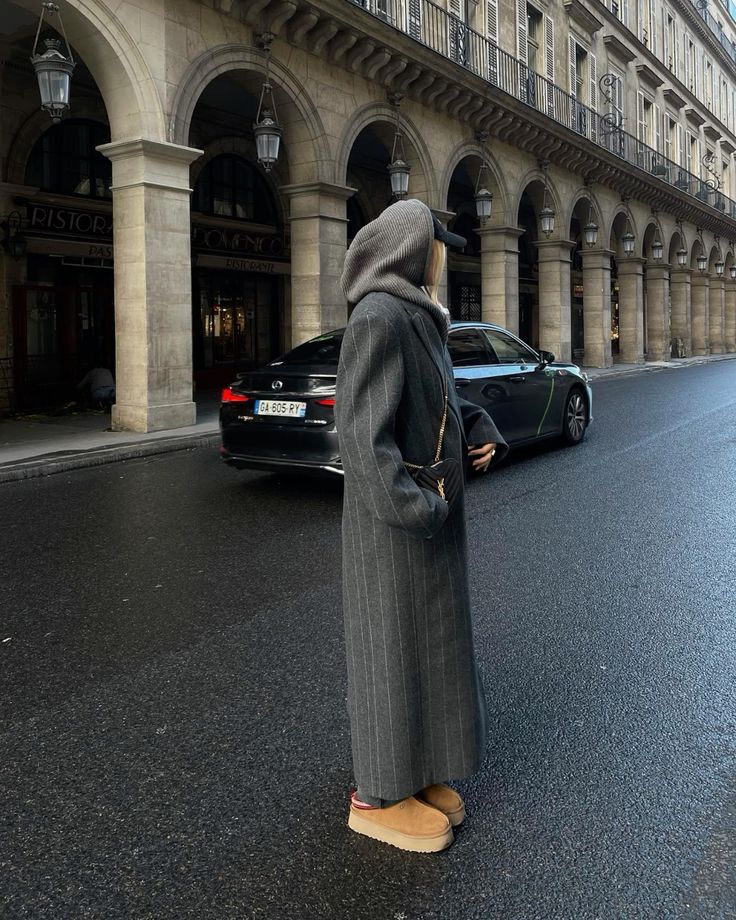
Winter calls for heavier fabrics in darker grays like charcoal or slate. Wool coats and puffer jackets in these tones are popular. These shades hide dirt better and look sharp in snow or rain.
Accessories such as gray gloves and beanies keep the tonal palette simple and elegant. A charcoal trench coat paired with black boots creates a polished, warm outfit fit for cold weather.
Choosing gray over black can also soften the winter wardrobe while maintaining a sophisticated look.
Combining Gray Pantone with Other Colors
Gray Pantone works well with many colors. It can create soft, calm looks or sharp, bold styles depending on what it is paired with. Using the right colors with gray can change the mood and balance of an outfit.
Neutral Pairings for a Monochrome Effect
Pairing gray Pantone with other neutral colors keeps the outfit simple and clean. Shades like white, black, and beige blend smoothly with gray. These neutrals keep the look modern and easy to wear for almost any occasion.
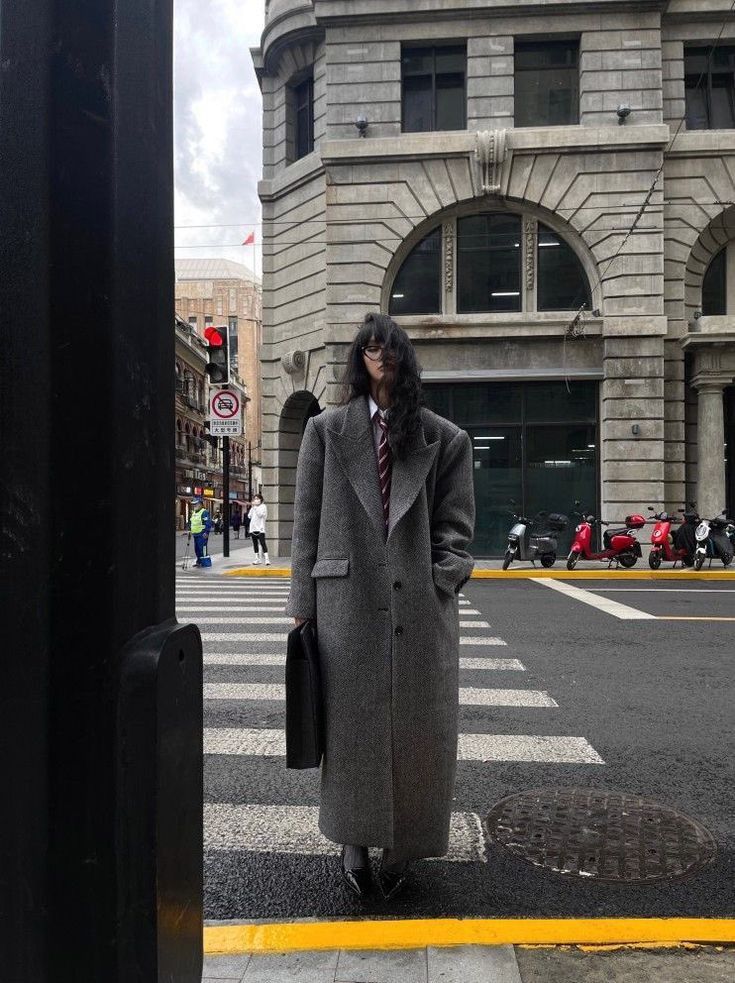

Examples of neutral pairings:
- Light gray with white gives a fresh and airy feel.
- Dark gray with black adds depth and sophistication.
- Gray with beige or tan softens the look for a casual, warm style.
Neutral mixes avoid color clashes and focus on texture and shape for style. This is good for office wear or minimalist fashion.
Accent Colors That Elevate Gray


Using accent colors with gray Pantone adds interest and energy to an outfit. Bright or rich colors work well to lift the dullness some might feel with gray alone.
Popular accent colors:
- Red for a bold, confident touch.
- Mustard yellow to add warmth and uniqueness.
- Navy blue creates strong contrast without overwhelming.
Adding a splash of color in accessories or small clothing pieces works best. This highlights the gray while making the outfit more eye-catching. Using one accent color keeps the look balanced and intentional.
Accessorizing Gray Pantone Style
Gray outfits work well with carefully chosen accessories that add interest without overwhelming the look. Footwear and bags, combined with jewelry in balanced tones, create a polished and cohesive appearance.
Footwear Choices

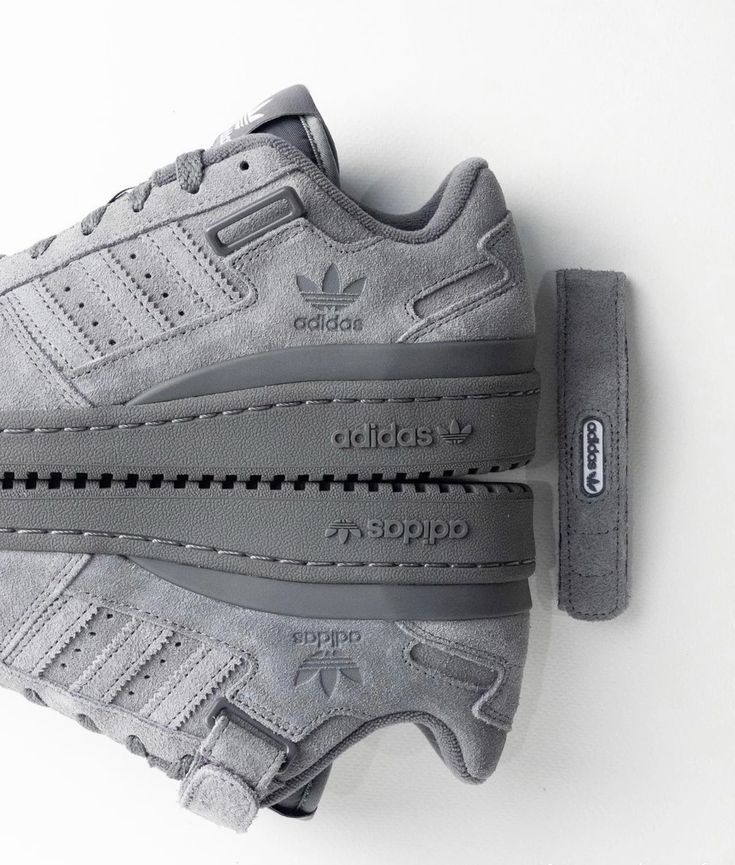
Neutral shoes like black, white, or beige pair easily with gray. For a bold touch, deep colors such as navy or burgundy work well. Metallic shoes in silver or pewter add a sleek shine that complements gray’s cool tone.
For casual looks, white sneakers or taupe loafers keep the outfit relaxed but stylish. For formal occasions, pointed black heels or classic brown brogues add sharpness and structure.
Comfort and style should guide the footwear choice. The goal is to support the outfit’s tone while providing balance and interest.
Bags and Jewelry in Complementary Tones


Bags in soft pastel tones like blush pink or muted blue soften the gray and add a gentle contrast. Classic black or tan leather bags deliver timeless appeal for any gray outfit.
Jewelry made of silver, white gold, or platinum fits naturally with gray’s cool palette. Simple designs, like thin chains or stud earrings, keep the look clean. For a pop of color, accessories with amethyst or aquamarine stones provide subtle yet effective accents.
Avoid overly bright colors, which can clash with gray’s understated style. Instead, choose pieces that harmonize with the look’s calm and steady vibe.
Gray Pantone Styles for Different Occasions
Gray tones offer versatile choices depending on the setting. Different shades and fabric textures create looks that suit formal, casual, or evening events. Matching gray with the right colors and accessories enhances the outfit for each occasion.
Business and Workwear Outfits


For work, medium to dark gray suits are common because they look professional and serious. A charcoal gray suit with a white shirt and navy tie creates a strong but neutral appearance. Light gray dress pants paired with a pastel shirt can soften the look while staying office-appropriate.
Fabrics like wool or twill are best for durability and structure. Adding minimalist leather shoes and a matching belt keeps the outfit clean and polished.
Casual Daytime Looks


Lighter grays work well for casual clothes like t-shirts, sweaters, and chinos. Soft cotton or knit fabrics keep the outfit comfortable. Pairing light gray with white or soft pastels brightens the look for daytime.
Casual footwear such as sneakers or loafers completes the ease of the outfit. Accessories like a silver watch or simple bracelets add subtle style without overdoing it.
Evening and Event Ensembles


Darker grays, like slate or steel, fit well for evening events. A slim-fit dark gray blazer with black trousers creates an elegant look without the formality of black. Satin lapels or subtle patterns in the fabric add interest.
Heeled shoes or polished boots work best here. Minimal but shiny accessories, like cufflinks or a sleek watch, elevate the outfit for special occasions.
Trends and Influences in Gray Pantone Fashion
Gray Pantone outfits have gained popularity due to specific influences from fashion leaders and a growing focus on eco-friendly practices. These factors shape how designers and consumers view and wear gray tones today.
Influencer and Runway Inspiration

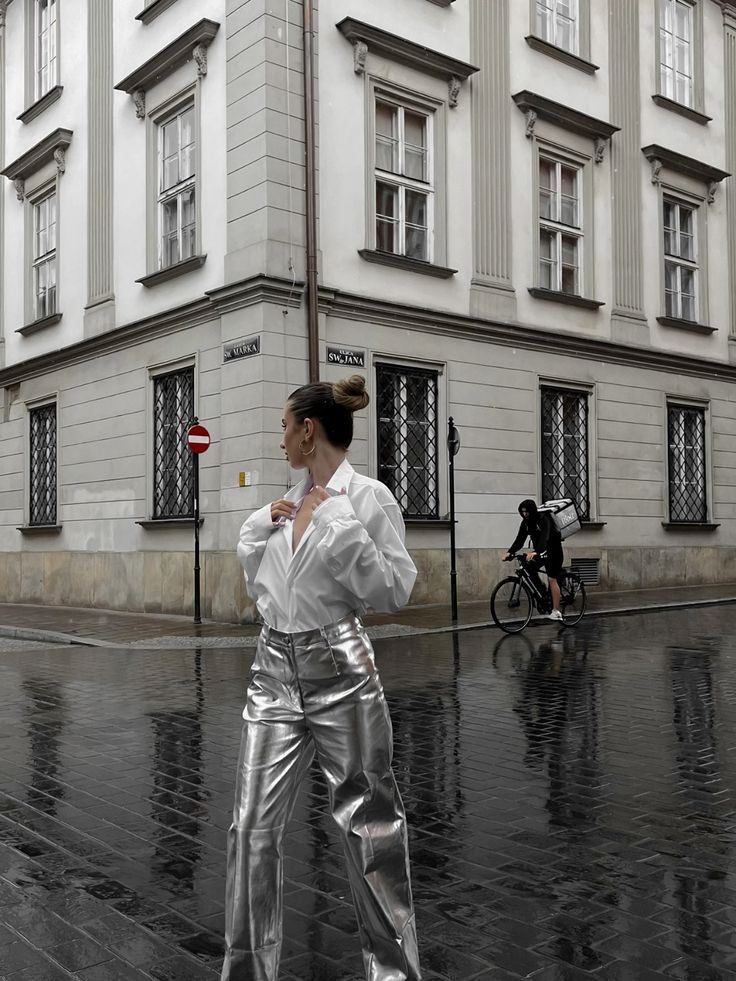
Many fashion influencers use gray Pantone colors to create clean, modern looks. They often combine various shades like cool charcoal, soft dove gray, and warm greige to add depth. This layering highlights how gray can work for both casual and formal wear.
Runway shows from brands such as Calvin Klein and The Row have featured gray prominently. Designers favor gray for its ability to act as a neutral base that pairs well with bright accents or other neutrals. This versatility helps gray remain a consistent choice each season.
Sustainability and Ethical Production


Gray hues are becoming popular in sustainable fashion. Many brands use organic and recycled fabrics dyed in soft gray tones. This reduces the use of harsh chemicals common in brighter dyes.
Companies focusing on ethical production often prefer simple gray color palettes because they require less water and energy during manufacturing. Brands like Everlane and Patagonia promote gray Pantone shades as part of their eco-conscious collections. This makes gray both a stylish and environmentally friendly choice.
- 432shares
- Facebook0
- Pinterest432
- Twitter0
